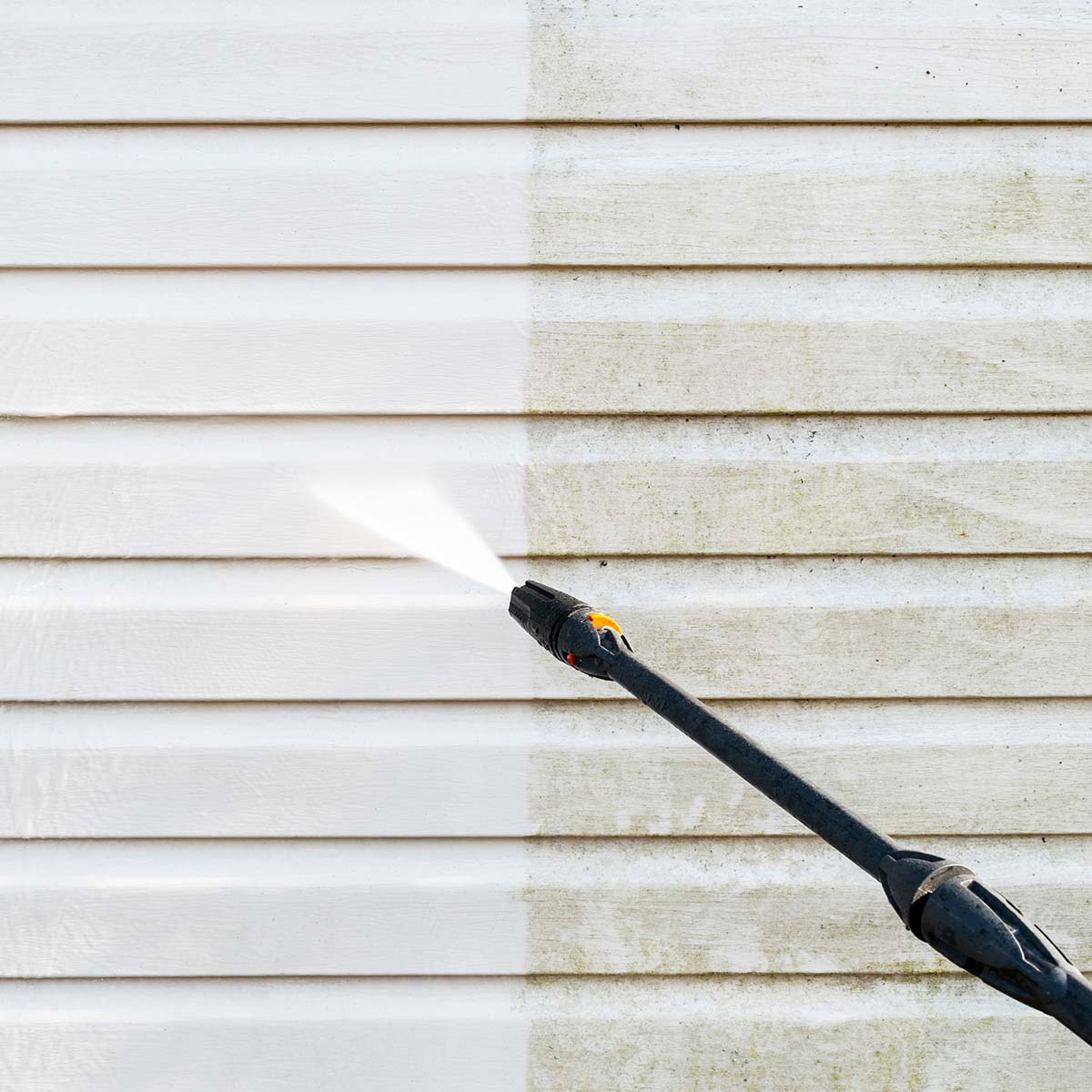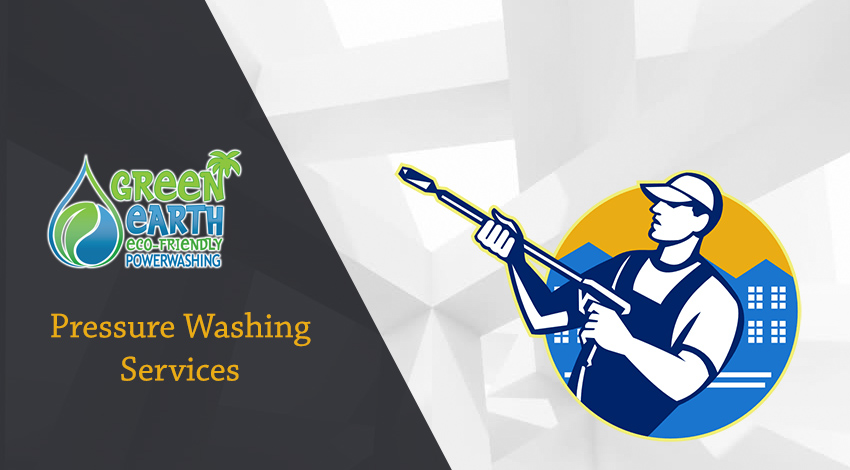Professional Euclid Commercial Washing for Exterior Surfaces and Buildings
Discover the Ideal Practices for Graffiti Elimination and Enhance Your Property's Look
Addressing graffiti on your building is not just a matter of aesthetic appeals; it is a crucial step in preserving its general worth and allure. Recognizing the different types of graffiti, along with the suitable tools and techniques for removal, can significantly affect the outcome of your initiatives.
Recognizing Graffiti Types
Recognizing the various kinds of graffiti is essential for effective removal and monitoring strategies. Graffiti can be broadly classified into several distinctive types, each needing different strategies for elimination. The most common kinds consist of vandalism, imaginative expression, and political statements.
Vandalism normally includes tags or crude photos focused on ruining building. This type is commonly characterized by fast, hasty application making use of spray paint or pens. Creative graffiti, on the various other hand, might be a lot more elaborate and aesthetically appealing, often produced with the intent to enhance city rooms. While some view this as art, it is still taken into consideration prohibited when applied without consent.
Political graffiti acts as a tool for political or social discourse, usually carrying solid messages or demonstration styles. This type can differ significantly stylishly and complexity, relying on the musician's intent.

Essential Tools for Elimination

Chemical graffiti removers are specifically formulated to liquify numerous kinds of spray paint and pen ink. It is essential to choose a remover that is compatible with the surface area being treated, as some chemicals can damage delicate products. In addition, biodegradable options are available for those concerned concerning environmental effect.
Pressure washing machines are vital for larger areas and can successfully remove graffiti from difficult surfaces like concrete and brick. When utilizing a stress washing machine, it is necessary to adjust the pressure settings to protect against surface damage.
For more persistent deposits or fragile surface areas, physical scrubbing tools such as nylon brushes, scrub pads, and abrasive sponges can be utilized. These tools must be made use of with care to stay clear of damaging or harming the underlying material.
Finally, individual protective devices (PPE) such as masks, goggles, and gloves is important to make certain the safety and security of the individual performing the elimination. This toolkit, when utilized successfully, can substantially enhance the look of your residential or commercial property.
Step-by-Step Removal Strategies
When taking on graffiti elimination, a systematic strategy can substantially improve the effectiveness of the procedure. Begin by examining the surface area kind and the nature of the graffiti, as this will certainly inform your choice of removal methods and items. For porous surfaces, such as brick or concrete, a pressure washer may work, while non-porous surfaces, like steel or glass, may call for chemical solvents.
Following, guarantee security by wearing proper safety gear, including gloves, safety glasses, and masks. Checked out the maker's directions very carefully to prevent damage to the surface or harm to the environment. if using chemical remedies.
As soon as prepared, apply the selected elimination approach. For pressure cleaning, keep a regular range to stop surface damages. When utilizing chemicals, apply them evenly and enable them to sit for the advised time prior to scrubbing with a tight brush.
After the graffiti has actually been removed, wash the surface extensively to get rid of any recurring chemicals or paint bits. Finally, evaluate the area for any type of remaining traces and duplicate the process if essential. use this link Appropriate disposal of waste products is vital to follow regional laws and protect the atmosphere.
Preventative Actions for Future Events
Preventing graffiti from reoccurring calls for a positive strategy that incorporates environmental design and neighborhood involvement. One efficient method is to enhance the exposure of your residential or commercial property through enhanced illumination and landscape design. Well-lit areas deter vandalism, as potential culprits are less likely to act in quickly evident areas. In addition, maintaining well-kept and clean surroundings signals community satisfaction, preventing graffiti musicians.
Executing anti-graffiti coatings on surface areas can also be a valuable safety net. These specialized coverings develop a safety obstacle that makes graffiti less complicated to eliminate, hence minimizing the possibility of repeat occurrences. Additionally, using design methods such as textured surfaces can hinder paint application, as the irregularities make it a lot more tough visit to achieve a smooth finish.
Teaming up with local musicians to create murals can transform prospective graffiti canvases right into dynamic area art, lowering the attraction of vandalism. By incorporating these preventative steps, residential property owners can dramatically reduce the chance of future graffiti incidents while improving the overall visual of their setting.

Specialist Solutions vs. DIY
Choosing in between expert solutions and a diy (DIY) approach for graffiti elimination can dramatically affect both the outcome and performance of the procedure. Experts usually possess customized equipment and cleansing agents created for effective graffiti elimination, making certain that surfaces are not harmed while doing so. Their know-how allows them to assess the products involved and select one of the most proper elimination method, such as stress washing or chemical solvents.
On the other hand, a do it yourself approach may interest home proprietors seeking to save costs. Nonetheless, without the right expertise and devices, individuals run the risk of insufficient removal, which can result in ghosting or damage that sustains additional costs. In addition, inappropriate handling of chemicals can pose safety and security dangers and environmental concerns.
Inevitably, the decision depends upon the scale of the graffiti case and the sources available. For extensive or consistent graffiti, hiring specialists is frequently one of the most effective and reliable service. Alternatively, small, workable tags can be attended to via DIY techniques if the home proprietor is well-informed regarding the needed strategies and safety and security precautions. Balancing effectiveness, safety and security, and price is critical in making the best option for graffiti removal.
Final Thought
In final thought, efficient graffiti removal necessitates an extensive understanding of graffiti kinds and the ideal methods for each surface. Weighing the advantages of expert services versus Do it yourself techniques can even more help residential or commercial property owners in making informed choices regarding graffiti administration and maintenance.
Understanding the numerous types of graffiti, informative post along with the proper tools and methods for removal, can dramatically influence the end result of your initiatives.Comprehending the numerous types of graffiti is important for efficient removal and management techniques. Begin by examining the surface kind and the nature of the graffiti, as this will educate your option of elimination techniques and products. Professionals usually possess customized equipment and cleansing agents created for reliable graffiti removal, making sure that surface areas are not harmed in the process.In verdict, efficient graffiti removal demands a thorough understanding of graffiti types and the proper techniques for each surface area.